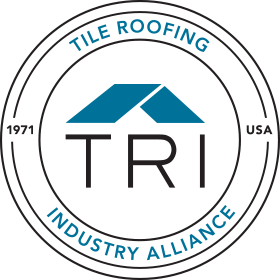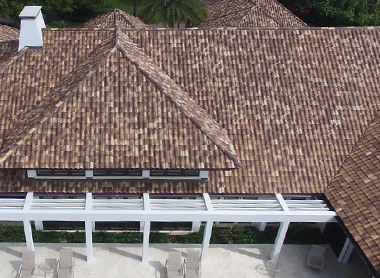Demand for natural, environmentally responsible materials is at an all-time high. Clay and concrete tile do not deplete limited natural resources and are produced without chemical preservatives. Tile reduces energy use, and its long life reduces reroofing and landfilling of waste. In fact, clay and concrete roof tile are easily recyclable and can be immediately returned to the manufacturing stream.
Only clay and concrete roofing tiles possess two inherent qualities that reduce energy use:
- Natural thermal resistance
- A thermal barrier created by natural airspace around individually installed tiles
This natural air space can greatly reduce heat flux transfer compared to asphalt shingles.
Concrete and clay tile roofs save money by significantly reducing energy use. Plus, federal legislation (the PATH Act of 2015) changed the roofing criteria for the Residential Energy-Efficiency Tax Credit (IRC Sec. 25C) so all products meeting Energy Star requirements – including tile roofing – qualify for the 10% tax credit that’s capped at $500 and is currently set to expire on December 31, 2020.






